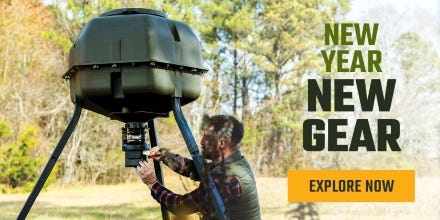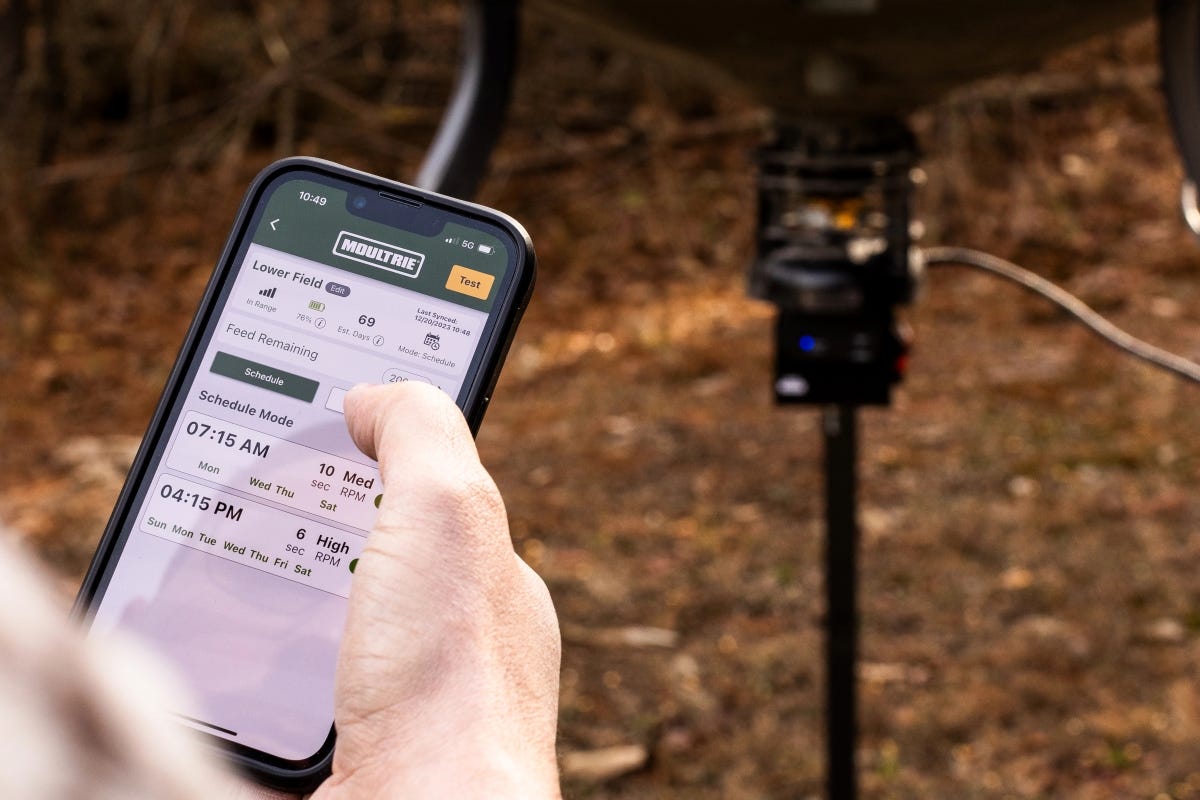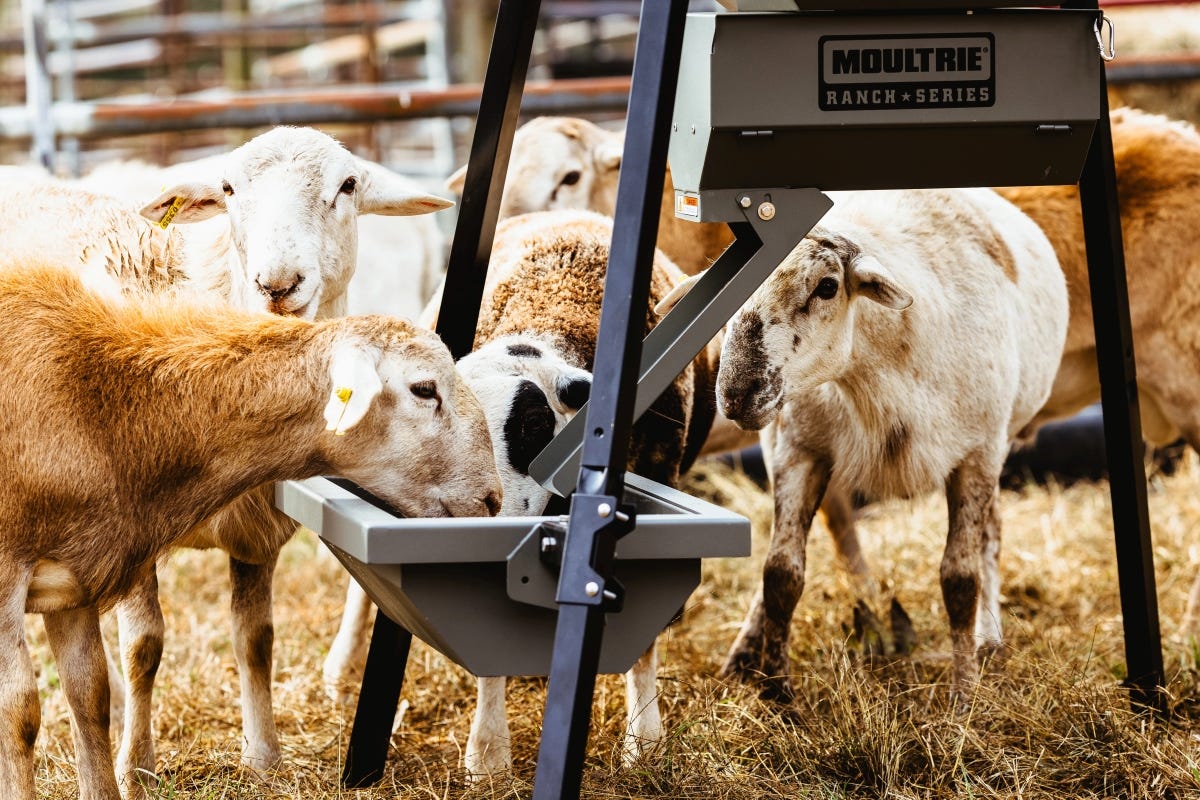- Dec 21, 2020
Using Trail Cameras On Public Land
Is It Legal to Put Trail Cameras on Public Land?
In most states, yes, you can legally use trail cameras on public land. As long as the land is not a designated "special use" zone, you can run your trail cameras to scout deer and see other wildlife. However, the best practices for using your trail cameras on private land are not as ideal for land intended for public use. Keep reading for tips on how to use your trail cameras on public land successfully.
Considerations for Using Trail Cameras on Public Land
Setting up a trail camera on public land means:
- Other people may use the area around your camera for scouting, hunting and other activities.
- Your trail camera is not on your property, so checking it means traveling to the site.
Trail camera theft is the biggest concern of running your cameras on public land. As the camera isn't safely tucked away in a private field or forest, dishonest hunters may take your camera if they notice it on a nearby tree.
Checking your trail camera usually entails taking a hike, but scouting public lands means driving to the site as well.
4 Tips for Using Your Camera on Public Land
Fortunately, you can keep your camera safer and make checking it more efficient with a few tips:
1. Pick a Legal Spot off the Beaten Path
First, make sure the public land you're using is not a "special use" zone.
Once you've confirmed that the land is legal for scouting, venture away from the road and find a site where other hunters and outdoor enthusiasts are less likely to explore. Place your camera away from trails and other high-traffic areas. Choosing a location at least half a mile from access points keeps you from placing your camera in high-pressure spots and lessens the likelihood of theft.
2. Hang Your Camera up High
Once you've found the best site for your camera, consider where you want to place it. You can deter theft by hanging your camera high in the tree. This placement also helps you get more natural photos of any deer that come through, as it makes both people and animals less likely to notice your camera.
One easy way to get a camera up higher is to use climbing sticks designed for accessing a hang-on treestand. Two sections would be all you need to get your camera up off the ground and climbing sticks are lightweight and fairly easy to carry with you. Another tool, is a portable climbing stand that you can place your camera 10 or 12 feet up in a tree. Angle the camera down at a pinch point like a creek crossing or trail or along a rub or scrape line.
3. Use Locks and Upgrade Your Batteries
You can supplement your camera's security and life span for better success.
Secure your camera with a Python Adjustable Locking Cable or an X-Series Security Box. These accessories can deter people from stealing your trail camera.
Visiting your camera to change its batteries can be inconvenient, so it helps to choose a solution that powers your camera for a longer period. Long-lasting alkaline batteries are one option. Others include lithium-ion batteries and small solar panels like the Game Camera PowerPanel that provides continuous power to your trail camera.
4. Use the Best Tech
Cellular trail cameras are perfect for use on public land. These models store the images they take in the cloud, so you can access them without visiting your trail camera to swap SD cards. Save gas money and time when you shop our selection of Moultrie Mobile cellular trail cameras.






